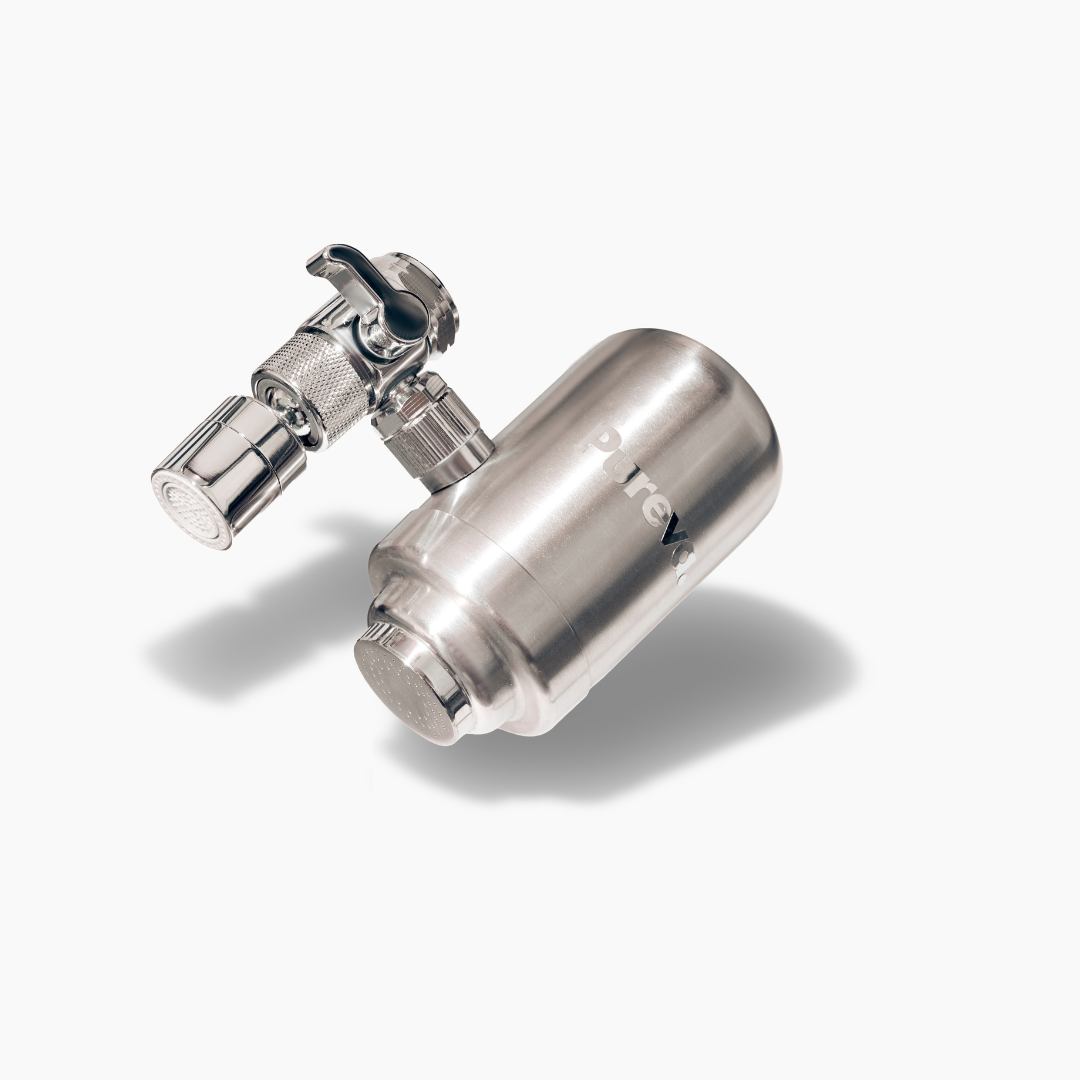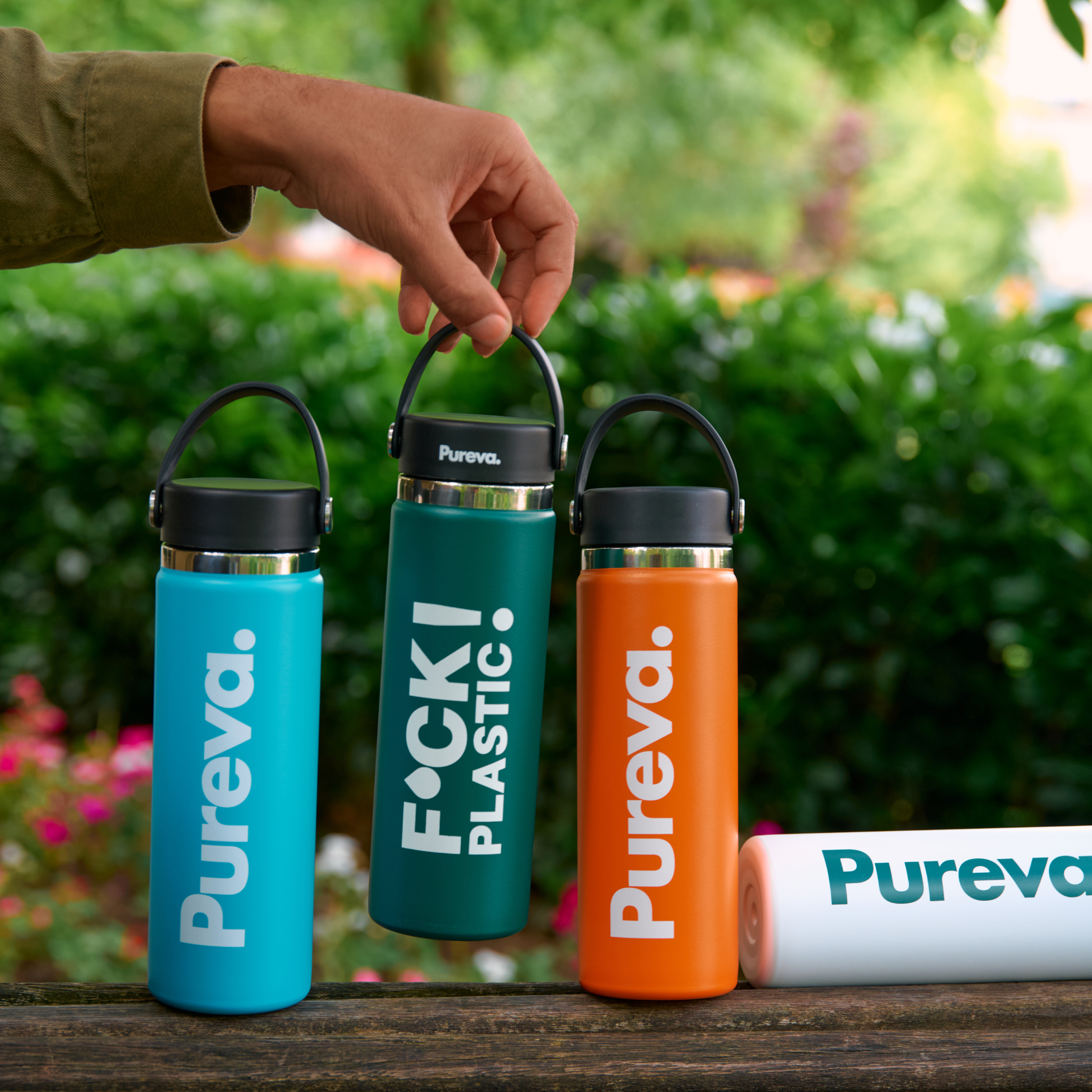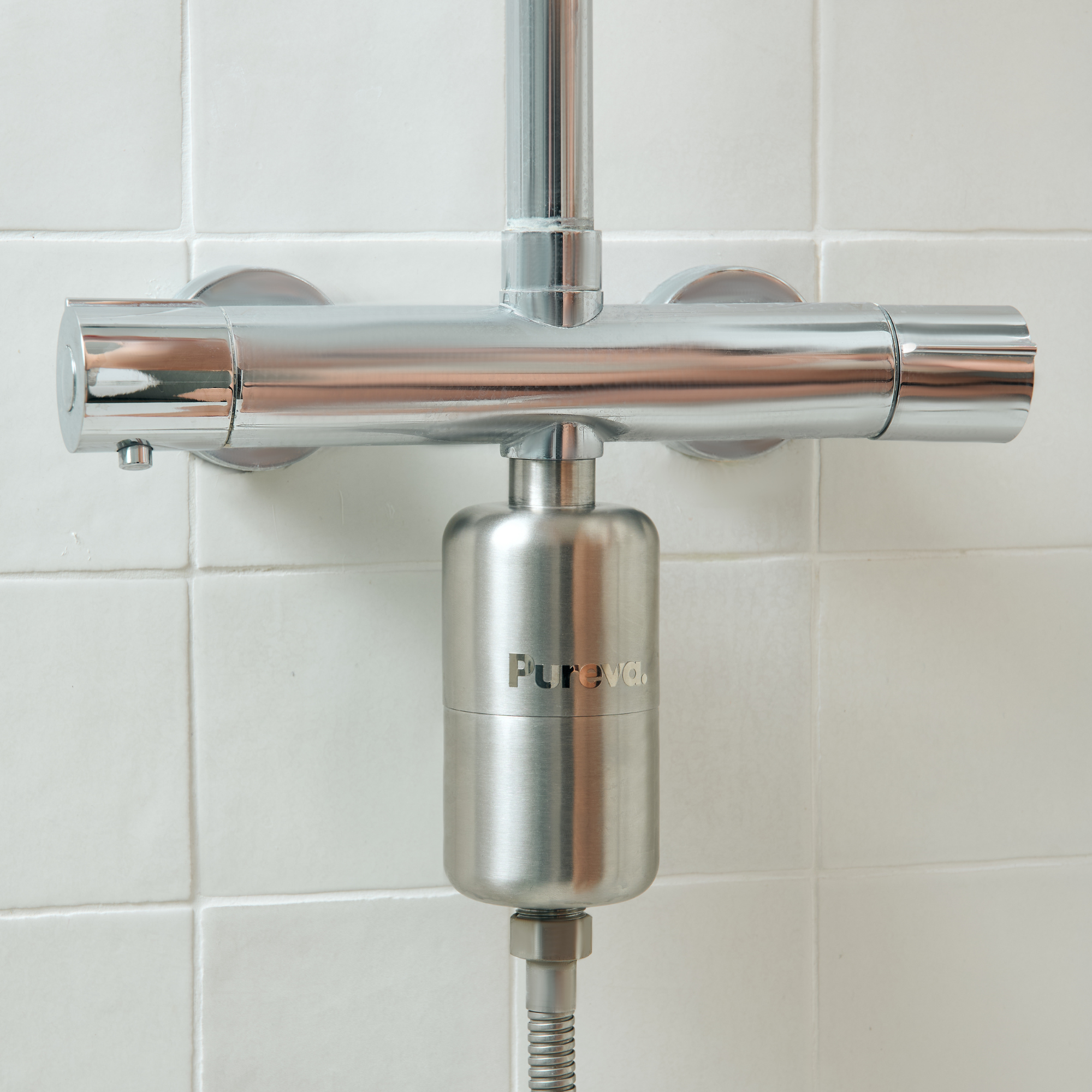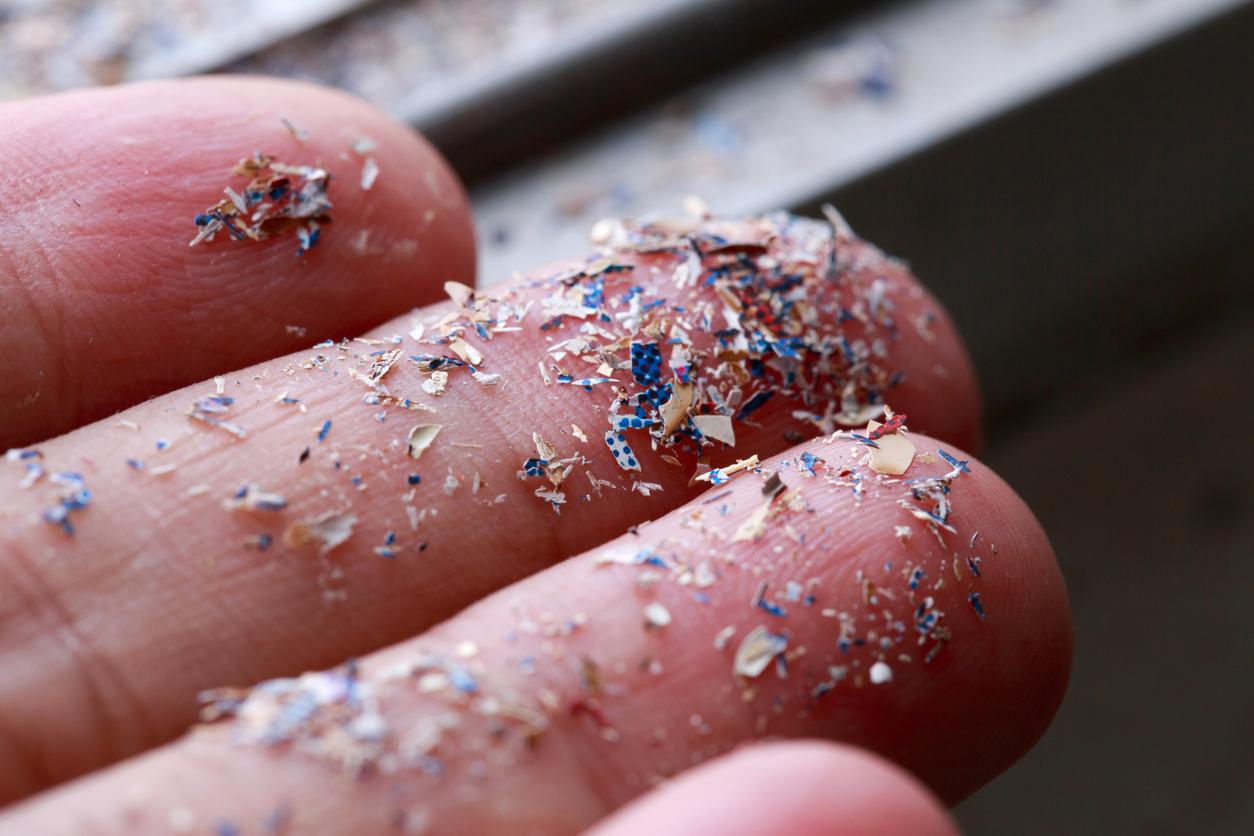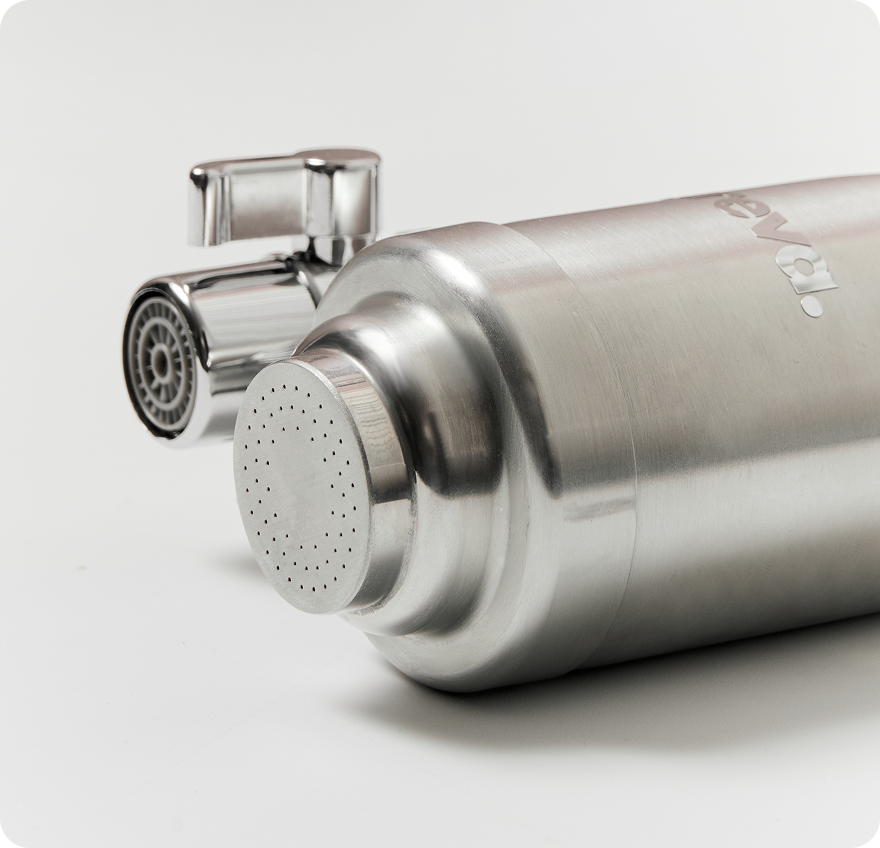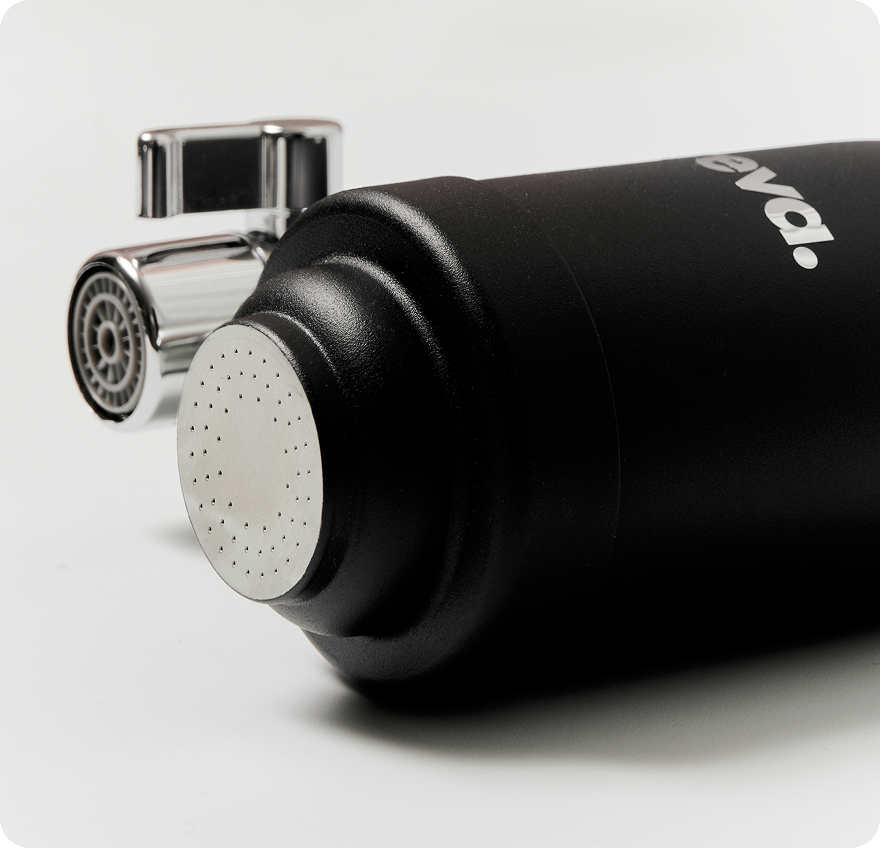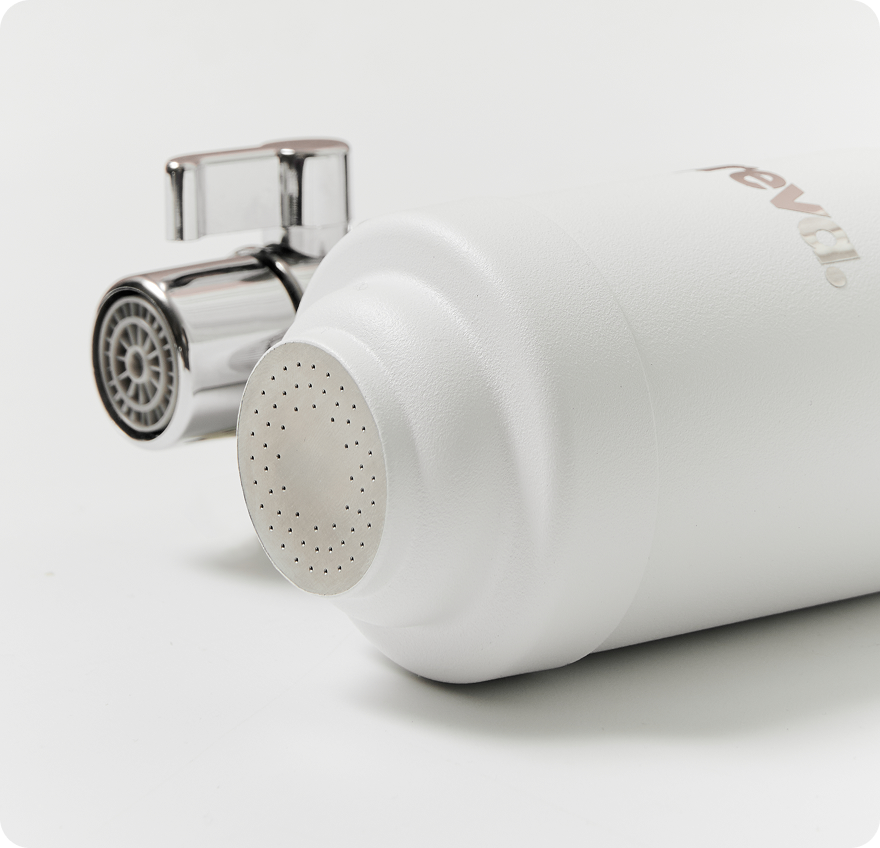Microplastics: a challenge for the future!
Everywhere, yet invisible to the naked eye, microplastics are contaminating our planet. Produced from the decomposition of plastic , they infiltrate the oceans, seas, soil, air, and even our water bottles. So much so that they directly threaten biodiversity and human health. Today, let's explore the characteristics of these microscopic fragments of plastic , the dangers they pose, and how to avoid them in our daily consumption, particularly of water.
What is a microplastic?
A microplastic is a small plastic particle dispersed in the environment. Its diameter ranges from a few hundred nanometers to five millimeters . It is composed of polymerized monomers derived from petroleum, natural gas, and coal. It may also contain metals and/or various additives.
Microplastic comes from:
- The decomposition of bulky plastic products.
- Microbeads present in certain beauty products (cosmetics) and cleaning products (exfoliating beads).
One of Pureva's main goals: these tiny fragments of plastic are a worrying source of pollution for human health, biodiversity, and the environment. They are often invisible to the naked eye and accumulate, causing increasing damage...

Where are these plastic particles found?
According to the IUCN report published in 2017, we distinguish two types of microplastics present at different levels:
- Primary microplastics.
- Secondary microplastics.
Microplastics in the environment on a global scale
Microplastics are ubiquitous in the global environment . They are found in oceans, seas, rivers, streams, lakes, soil, and even the air we breathe. Due to their presence in the synthetic materials of our clothing and certain cosmetic products, primary microplastics exist in the environment in their original form.
Secondary microplastics come from the decomposition of bulky plastic products (water bottles, plastic bags, plastic wrap, sachets, straws, etc.) and products containing microbeads. They break down following exposure to UV rays (yes, this may be the case for your plastic water bottles), weather, or immersion in water. These plastic fragments then contaminate flora and fauna.
In fish and wildlife: the entire food chain
Plastic micro-waste is very often found in fish and marine life. After inhalation or ingestion of these plastic particles, they enter the digestive system of aquatic organisms. Microplastics can then cause blockages, infections, and damage to their internal organs.
It is also important to know that these microplastics are capable of absorbing toxins present in the water. This makes them even more dangerous for aquatic organisms. When fish ingest these fragments, they are transmitted to their predators and therefore to humans through the food chain. The presence of microplastics in marine fauna represents a real threat to biodiversity , public health and the environment.
Microplastic fragments in our cosmetic products
It's a controversial topic, some brands defend themselves from the fact that it's not intentional and we find less and less of it today fortunately, but microplastic fragments are also in our cosmetic products . They are essential to our daily routines and personal care but we must be careful.
When this is the case, the intentional addition of these primary microplastics to these products gives them a specific texture. This is the case with deodorants, hydroalcoholic gels, or hand soaps, for example.
What are the dangers of microplastics?
As you will have understood, the main danger linked to microplastics is their omnipresence in the environment, which constitutes real dangers for water, living species and, in particular, human health.
Pollution of water and living species
The dangers associated with the presence of microplastics in oceans and fresh water are numerous:
- Chemical contamination of aquatic environments : This micro-waste can absorb chemical pollutants (pesticides, heavy metals, industrial chemicals). They become vectors of contamination for fish and marine wildlife.
- Water quality impairment : Plastic particles reduce water clarity , which negatively impacts photosynthesis in aquatic plants and the ecosystem. The presence of microplastics in drinking water sources requires water treatment, increasing operating costs.
- Impact on water resources : The existence of microplastics in freshwater sources (rivers, lakes) disrupts the volume of clean water needed for human consumption, agricultural irrigation and industrial uses.
The oceans are currently the areas most affected by the microplastic problem . In a February 2021 article in Reporterre magazine, the figures are alarming. According to oceanographer François Galgani at Ifremer, “400 million tons of plastic are produced each year, and around 10 million tons end up in the oceans”! The magazine L'Info Durable also states that:
- At least 1.3% of plastic waste is microplastics . Knowing that the rest of the larger containers can potentially add to the decomposition.
- 3% of them come from cosmetic products.
The risks of microplastics for the human body
Using a shampoo or treatment containing microplastics or polymers does not pose an immediate risk. However, in the long term, certain harmful effects can occur due to the accumulation of this contaminant that the body cannot eliminate. This is called bioaccumulation . Silicones or synthetic polymers promote the creation of an occlusive layer on the skin and can be carcinogenic or endocrine disruptors when used daily. When rinsing, these microplastics are released into wastewater and have a lasting impact on human health .
Environmental pollution with microplastics directly exposes us to these particles, particularly through the consumption of contaminated ocean products. At the end of 2020, an Italian study highlighted the presence of microplastics in four of the six placentas of pregnant women, likely resulting from the use or consumption of products during their pregnancy. This is a serious finding, and we must find solutions and limit our plastic waste.
How to avoid microplastics in your consumption?
It is becoming urgent to monitor the presence and concentration of plastic waste in the products we consume , particularly in bottled and tap water.
Are there any mineral waters that don't contain it?
Whether mineral, natural, spring or mountain, bottled water is a victim of environmental pollution by plastics .
In July 2022, the association Agir pour l'environnement published a report revealing that out of nine bottles of water sold in France, seven contain microplastics. While no longer drinking water in plastic bottles may seem unthinkable to some, it remains a public health issue. Here are the main plastics that reduce the quality of bottled water :
- Polypropylene.
- Polyethylene.
- Polyethylene terephthalate.
Despite the proven presence of pesticides, tap water contains fewer plastic particles . Drink it, yes, but on one condition: filter it effectively.
How to filter microplastics?
There are several methods of filtering tap water , but their effectiveness is limited, while some can filter out a large portion of the pollutants present in the water.
- Filter jugs: Filters must be changed regularly. Water must be renewed every 24 hours. The jug must be refrigerated to prevent bacteria from growing. This is something most consumers don't do, and it worsens the condition of the water. Furthermore, it's not suitable for large consumption or a household with several people.
- Binchotan activated carbon: it improves the quality and taste of tap water, filters many particles but alone it is not enough to filter microplastics .
- Ceramic beads: These reduce the presence of chlorine, nitrates, and ammonium. They are not very effective at removing heavy metals.
- Reverse osmosis: despite its performance, this method requires a large volume of water to filter a small volume of drinking water and is expensive to use.
Are you looking for a high-performance device for filtering your tap water? Choose a water filter that installs directly on your tap and is equipped with filtration technology that complies with NSF42/53 standards, such as the Pureva filter, which we have developed to be practical and accessible to all.
Don't hesitate to take a look, we have an introductory offer that will allow you to test our filter for 3 months right here .
It captures and eliminates particles and pollutants that are harmful to your health and the environment: chlorine, heavy metals, bacteria, odors. A real solution and alternative to plastic bottles , Pureva filters also have the advantage of being discreet and allowing constant access to healthy water. There is no perfect solution, but in addition to filtering your water, you will avoid consuming plastic bottled water and the microplastics it contains.

